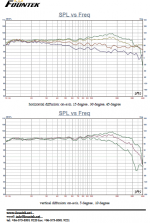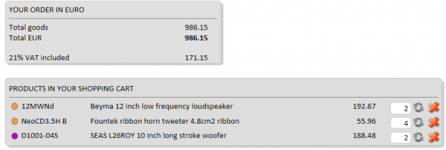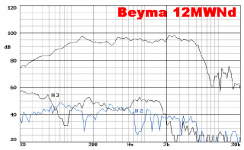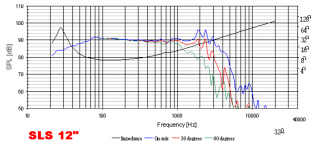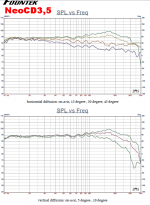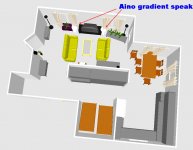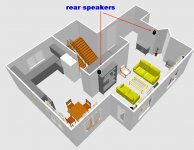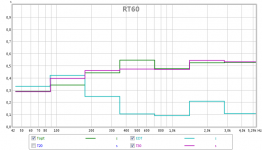This new NeoCD3,5 is even better, and the price is less than 100€ per unit.
The dispersion graphs are promising and there is a built-in impedance correction!
The dispersion graphs are promising and there is a built-in impedance correction!
An externally hosted image should be here but it was not working when we last tested it.
Attachments
This chair by Alvar Aalto is my inspiration for the tweeter tower
or with wider legs
An externally hosted image should be here but it was not working when we last tested it.
or with wider legs
An externally hosted image should be here but it was not working when we last tested it.
For the mid, seems that alla Beyma woofers of 15" have rather high distortion and ragged response.
This neodymium 12" might be the choice http://profesional.beyma.com/pdf/12MW%20NdE.pdf
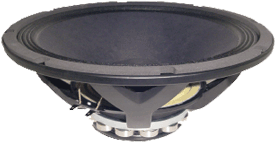
This neodymium 12" might be the choice http://profesional.beyma.com/pdf/12MW%20NdE.pdf

Alvar Aalto
Personally I hate him and his successor. They have done a terrible disservice for Finland's architecture. Many beautiful cities originally full off historical wooden houses has bee teared down in the name of modernism. I cannot understand how someone can see him as a sort of idol.
- Elias
Twelves make great mid drivers.For the mid, seems that alla Beyma woofers of 15" have rather high distortion and ragged response.
This neodymium 12" might be the choice http://profesional.beyma.com/pdf/12MW NdE.pdf

Driver choices of tonight seem to settle down to this (pic)
- bass SEAS L26ROY or Peerless XXLS12" (Daytons are not in stock in Europe)
- mid Beyma 12MWNd
- tweet Fountek NeoCD3.5 pair
I think that I will order the parts soon, but I'll wait a couple of more days.
The minidsp is under investigation too
The amplifier solution is open
I'll make a test mockup first. The bass cabinet is difficult to make, perhaps glassfiber, concrete or some delicate woodwork. The mid is the most critical component of Aino gradient. The spl (no breakup!) and distortion of 12MWNd are the best I have seen so far - and it looks very sexy too!
- bass SEAS L26ROY or Peerless XXLS12" (Daytons are not in stock in Europe)
- mid Beyma 12MWNd
- tweet Fountek NeoCD3.5 pair
I think that I will order the parts soon, but I'll wait a couple of more days.
The minidsp is under investigation too
The amplifier solution is open
I'll make a test mockup first. The bass cabinet is difficult to make, perhaps glassfiber, concrete or some delicate woodwork. The mid is the most critical component of Aino gradient. The spl (no breakup!) and distortion of 12MWNd are the best I have seen so far - and it looks very sexy too!
Attachments
Last edited:
I think I'll make the bass box this way! I'll use fibre reinforced concrete for casting! They will be coated and painted of course!
The moulds could be some PVC buckets - a big one and a little smaller one
planter saucer casting - YouTube
The moulds could be some PVC buckets - a big one and a little smaller one
planter saucer casting - YouTube
An externally hosted image should be here but it was not working when we last tested it.
Can someone show here, what kind of low end response can be expected from a 12'" driver without a baffle?
The bass sound is not localized <200Hz in normal size rooms. I am aiming to set W/M xo at 200-250Hz with something like LR2 acoustic slopes. It would be nice if the natural roll-off would help.
The M/T xo must be set so that directivity match is optimal. With 12" and Neo3,5 that means something between 1500 and 2500Hz. The other tweeter shoots upwars, making a source for roof reflections and thus "spaciousness" to the sound.
Here are directivity graphs of a 12" (SLS12) and Neo3,5
The bass sound is not localized <200Hz in normal size rooms. I am aiming to set W/M xo at 200-250Hz with something like LR2 acoustic slopes. It would be nice if the natural roll-off would help.
The M/T xo must be set so that directivity match is optimal. With 12" and Neo3,5 that means something between 1500 and 2500Hz. The other tweeter shoots upwars, making a source for roof reflections and thus "spaciousness" to the sound.
Here are directivity graphs of a 12" (SLS12) and Neo3,5
Attachments
Can someone show here, what kind of low end response can be expected from a 12'" driver without a baffle?
Do you have earlier experience with dipoles ?
Check Linkwitz pages, there are quite a bit of theory. Very usefull.
The bass sound is not localized <200Hz in normal size rooms.
This can be argued, but I don't want to distract you from your plans
I have no problem locating phantom images while using my dipoles below 200 Hz in my 25m2 room.
- Elias
Suggested reading about speaker radiation and matching, especially dipoles: (yes I am familiar to these)
J Kreskowsky Power matching
S Linkwitz Frontiers
minidsp is a nice tool to test different slopes of xo. If the mid's HP is 200Hz, depending on the slope there is quite lot of output even at 150Hz.
I support John K about using monopole low bass. The transition from 2Pi to 4Pi space (150 - 600Hz) is the difficult and critical issue. Gradient style of using a tilted large dipole mid is the "clou" I am copying here. We are mixing the output from two drivers with different radiation - and like "cuisine" this is art.
This is the first speaker project that I design. I have been interested in audio and doing diy-kits for more than 40 years. I've been reading web pages about audio for 6 years now and I've been collecting info and ideas for this. My progress with this project might look fast, but all this has been bubbling under for yars.
J Kreskowsky Power matching
S Linkwitz Frontiers
minidsp is a nice tool to test different slopes of xo. If the mid's HP is 200Hz, depending on the slope there is quite lot of output even at 150Hz.
I support John K about using monopole low bass. The transition from 2Pi to 4Pi space (150 - 600Hz) is the difficult and critical issue. Gradient style of using a tilted large dipole mid is the "clou" I am copying here. We are mixing the output from two drivers with different radiation - and like "cuisine" this is art.
This is the first speaker project that I design. I have been interested in audio and doing diy-kits for more than 40 years. I've been reading web pages about audio for 6 years now and I've been collecting info and ideas for this. My progress with this project might look fast, but all this has been bubbling under for yars.
^Thank you Iolo!
Just between us two, one source fo inspiration to Aino is this immortal classic! And I love KISS principle!
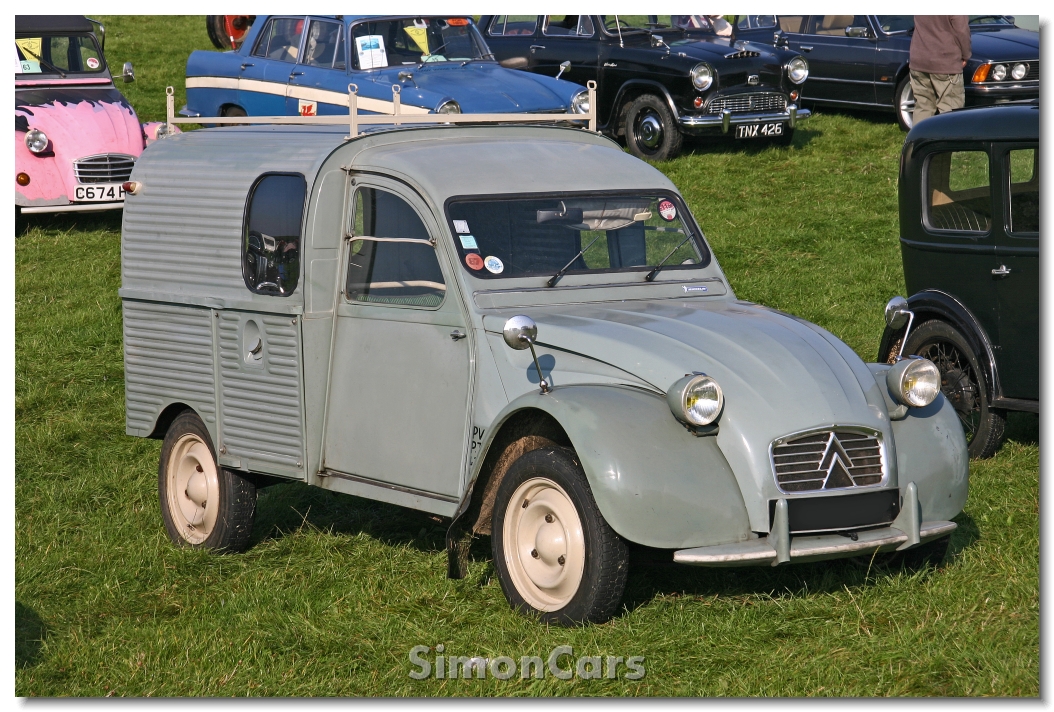
Iolo, if you ever come to Jyväskylä, I'll first take you to Aalto Museo and then to my sauna!
Just between us two, one source fo inspiration to Aino is this immortal classic! And I love KISS principle!

Iolo, if you ever come to Jyväskylä, I'll first take you to Aalto Museo and then to my sauna!
Aalto Museo[/URL] and then to my sauna!
don't forget to stock some Koskenkorva! I like the green apple one!
John K says like this
"In view of the somewhat bizarre nature of these solutions to the power
response problem it is reasonable to look for a more appealing solution
where the axis of the woofer system is aligned with the axis of the
speaker. For this to be the case we must develop a woofer system with
an on axis, free space DF = 1.5. This can be accomplished by combining a
dipole woofer with a monopole. If we start with a dipole woofer and being to
sum its response to that of a monopole we find a gradual deformation of
the dipole radiation pattern into a cardioid at the point where the isolated
dipole and monopole on axis sound pressures are equal. "
I agree - and this is what I am doing here.
John himself uses dipole woofers too in many designs, but with help of dsp. Then the lowest octave is dealt with two woofers to get enough spl with decent distortion.
"In view of the somewhat bizarre nature of these solutions to the power
response problem it is reasonable to look for a more appealing solution
where the axis of the woofer system is aligned with the axis of the
speaker. For this to be the case we must develop a woofer system with
an on axis, free space DF = 1.5. This can be accomplished by combining a
dipole woofer with a monopole. If we start with a dipole woofer and being to
sum its response to that of a monopole we find a gradual deformation of
the dipole radiation pattern into a cardioid at the point where the isolated
dipole and monopole on axis sound pressures are equal. "
I agree - and this is what I am doing here.
John himself uses dipole woofers too in many designs, but with help of dsp. Then the lowest octave is dealt with two woofers to get enough spl with decent distortion.
The amplifier could be made of B&O ICEpower modules ICEpower ? Class D audio amplifiers ? Solutions
Here are views of the room where Aino gradients will be placed (not all of the 1st floor shown). The shape is basically rectangular but has many openings. The roof is tilted, higher towards the midline of the house. The dimensions of the rectangular area are w 5,8m d 3,6m (21m2) the height is 2,6 to 3,8m. The floor is concrete with wood laminate. Walls are plasterboard with insulation. Outer walls are 40cm and inside walls 12cm thick. The ceiling is wood.
RT and EDT are in the graph.
Here are views of the room where Aino gradients will be placed (not all of the 1st floor shown). The shape is basically rectangular but has many openings. The roof is tilted, higher towards the midline of the house. The dimensions of the rectangular area are w 5,8m d 3,6m (21m2) the height is 2,6 to 3,8m. The floor is concrete with wood laminate. Walls are plasterboard with insulation. Outer walls are 40cm and inside walls 12cm thick. The ceiling is wood.
RT and EDT are in the graph.
Attachments
- Home
- Loudspeakers
- Multi-Way
- Aino gradient - a collaborative speaker project
